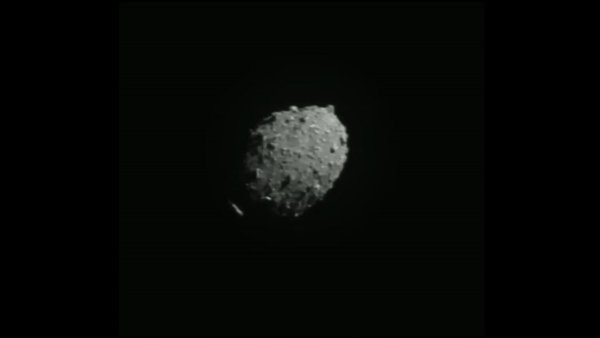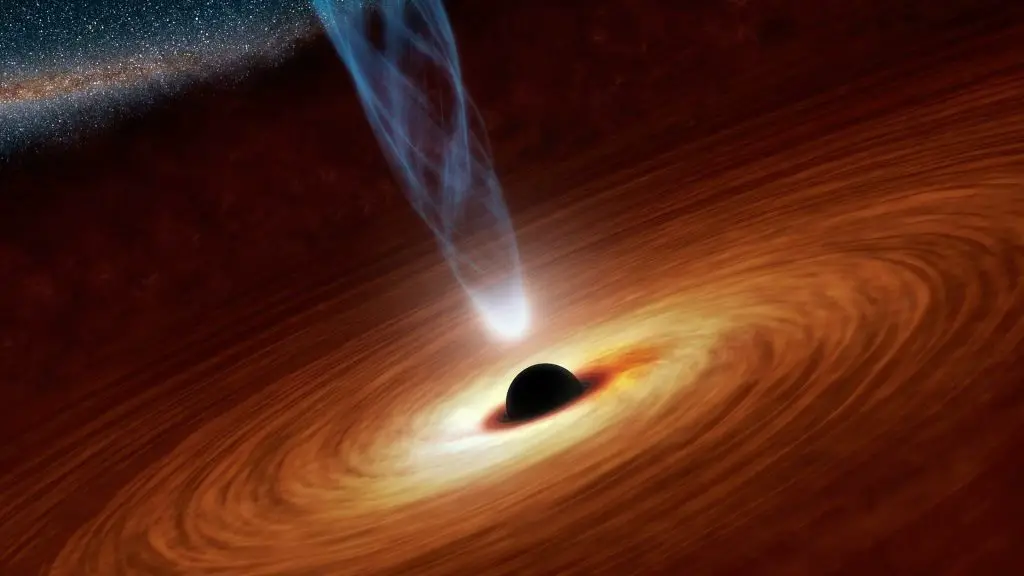After NASA officially announced that its DART Spacecraft will be colliding with Dimorphos, a small asteroid at about 7 million miles (11 million kilometers) from Earth on September 26, the entire world looked forward to the success of the mission. Last night, NASA’s Double Asteroid Redirection Test (DART) space probe successfully crashed into the small asteroid.
This collision enabled NASA to accomplish the world’s first planetary defense test against an asteroid. The American space agency commenced with the DART mission in November 2021 with the common goal of adjusting the orbit of Dimorphos around its parent asteroid, Didymos. NASA wants the impact to advanced enough to show that we can redirect the movement of hazardous asteroids heading toward earth in the future.
The outcome of this impact has fascinated the scientific community with our technological advancement. Elena Adams, who served as the DART’s mission system engineer at the Johns Hopkins University Applied Physics Laboratory (JHUAPL) announced the outcome of the mission with these powerful words.
“As far as we can tell, our first planetary defense test was a success,” said Adams immediately after the crash. “I think Earthlings should sleep better. Definitely, I will.”
After months of exploring space, DART Spacecraft finally crashed into Dimorphos at 7:14 p.m. EDT (2314 GMT). The space probe struck the small asteroid while traveling at 14,000 mph (22,500 kph). Since the DART spacecraft was made to weigh 1,320 pounds (600 kilograms), NASA planned to use the spacecraft will be powerful enough to change the orbit of the 534-foot-wide (163 meters) small asteroid.
Despite Dimorphos moving much faster than its parent asteroid, the DART space probe was able to slam into it at the right time. Assuming that the spacecraft missed its target, NASA and JHUAPL engineers could have deployed one of their 21 different plans to still actualize the success of the mission.
What the NASA DART Spacecraft Saw Last before the Collision

Before the DART spacecraft successfully slammed into Dimorphos, it caught a detailed view of the asteroid. The space probe used its advanced camera system to transmit mind-blowing images of its asteroid of the target. However, after the collision, the DART spacecraft was destroyed and it stopped transmitting data from 7 million miles away from Earth.
What is the Next Plan for Planetary Defense against Asteroid?
The success of this first planetary defense against asteroids has shown that humanity is getting closer to protecting lives and our inventions from an asteroid impact in the future. Keep in mind that the Chicxulub asteroid that struck the Yucatan Peninsula around 65 million years ago led to the extinction of the dinosaurs. Back then, the dinosaurs were helpless because they do not have a space program.
Since we have a space program, we have the potential of protecting Earth from experiencing a similar fate as it did millions of years ago. After the success of the NASA DART spacecraft, space agencies will be looking forward to advancing our planetary defense system using sophisticated technologies. Once we can devise a means of defending our home planet from asteroid impacts, we will have more time to find solutions to other challenges facing humanity.




